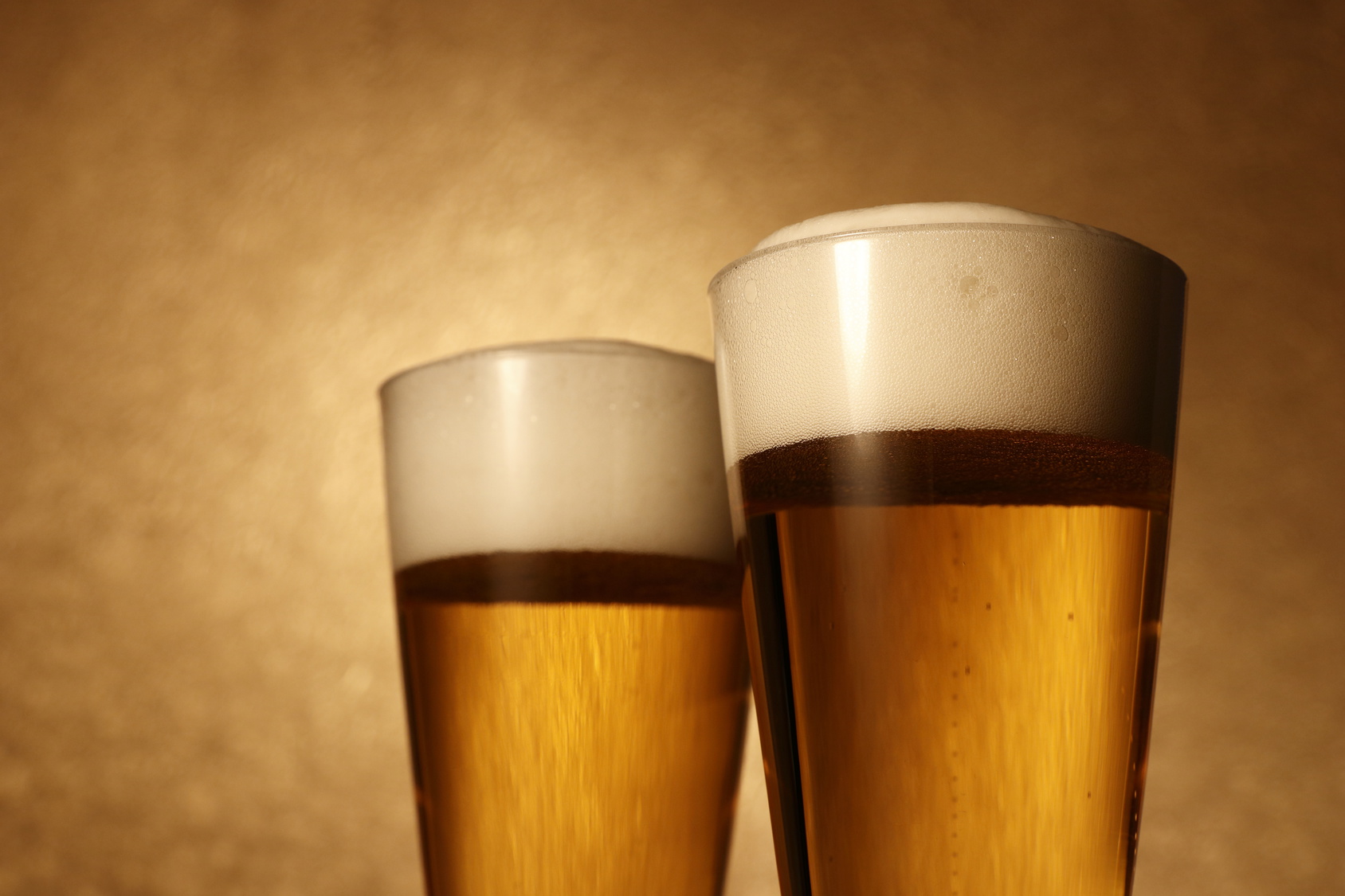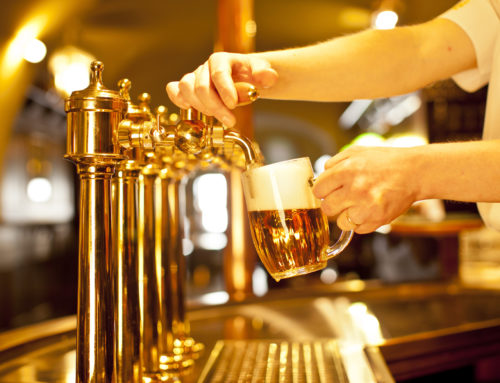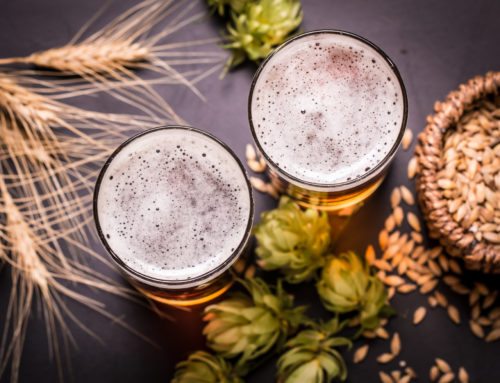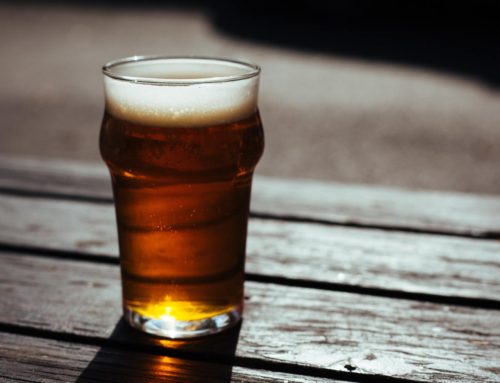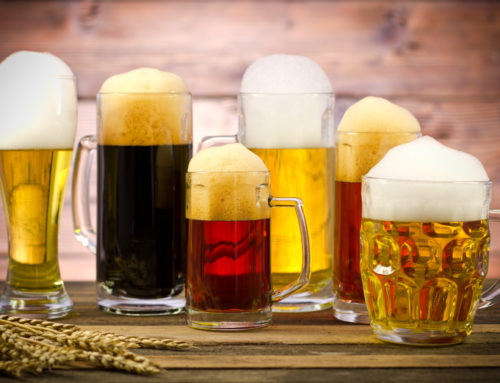Serving draft beer seems like a simple task, but it’s not if you want to do it right. Knowing how to serve and care for your beer will make a difference in its quality.
As a beer aficionado you want to serve beer the way it’s meant to be served, right? Even if you start with a low-quality draft beer, the way that you serve and store it is important. Beers that aren’t treated correctly don’t taste or look as good as those that are. Are you making these unfortunate beer mistakes? Keep everyone you serve happy by checking our list. Even if you know it all, a reminder doesn’t hurt. Who doesn’t want the best beer they can get?
The Equipment
The best draft beer is only served out of the best draft taps. Taps don’t change the initial quality of the beer in the keg, but they can help or hurt it once it comes through the tap. Make sure you’re serving the best draft beers via the best taps.
When setting up a restaurant bar, at home bar, or even a keg at an event, you want to make sure you use the best. What makes a great tap? The construction and the materials it’s made from. Stainless steel works great for beer taps. Why? It’s strong and serves a smooth, crisp taste. Stainless steel is nonporous, so any cleaning you do to it won’t affect future beer quality. It’s also hard to damage, so if you’re looking for a portable tap make sure it’s steel. Another thing to look for in beer taps is the CO2 quality. The gas you use needs to be food-safe quality. You don’t want to poison anyone! Look into adjustable flow controls as well. These will help you get just the right amount of foam and carbonation. By buying the highest quality taps, your customers or your family will get a much better pour.
Draft Beer Storage
Temperature
The temperature at which you store your beer is essential to its taste and quality. The reason the temperature is so important is because most beers aren’t pasteurized. As a reminder, pasteurizing is a process that heats up liquids to kill any unwanted organisms. People don’t generally pasteurize beer because heating it up isn’t good for the taste. Warm beer? No thank you!
So how should you store your beer to keep it at optimal quality levels? The best temperature to store beer at is 38 degrees. Keeping it at this low temperature does two things. It stops germ growth and cuts unnecessary foam production. The bacteria that could grow in beer don’t like to be cold. By keeping it at this temperature you’re stopping it from growing and ruining your beer.
You don’t want foam inside your keg. Higher temperatures increase the way the carbon dioxide in beer creates foam. The chemistry of the beer, when warm, reacts with carbon dioxide more quickly. That reaction causes the beer to foam faster than it’s meant to. The last thing you want is to serve pre-foamed flat draft beer!
Pressure
The pressure that the beer flows from through the tap at is essential for proper draft beer foam and taste. The general rule of beer pressure is from ten to twelve PSI, but it is different for each type of beer. Instead of guessing or using the same PSI across the board, check the kegs. The stamp on the keg or the order that came with it might state the individual keg’s desired pressure. If you can’t find any indication on the kegs, call your supplier. The supplier, if they know their stuff, should know the correct pressure.
If you get your beer straight from a brewery, then call them! They know exactly what their beers need to taste the best. You could even request that the breweries send over the kegs with the pressures marked on them. This way, if someone less experienced is changing out the kegs they know exactly what to do. When you care about your beer, anything that cuts out the potential for error is worthwhile.
Cleanliness
Like any piece of machinery, draft beer kegs and taps need to be regularly cleaned. A good rule is to clean the tap every time you change the keg. If that’s not possible, try not to go any longer than two kegs before cleaning.
Since the taps need to be food safe when used, you can’t use just any cleaner. Large liquor stores generally have tap cleaning kits that have the proper chemicals. There will be instructions included in the package, but let’s go over some basics.You’re going to want to separate the parts of your tap that are removable. This way you won’t miss any nooks or crannies and it will keep your equipment from getting sticky. Mix the cleaning solution following the directions on the package. Then, take the parts of the tap you can remove and place them in a bucket of the solution. Let them soak.
Then, you’ll want to use a hand pump filled with cleaning solution to clean out your hose. It’s recommended that you let this solution sit in the hose for a little while. That way it has time to work on anything built up in the line. When everything finishes soaking, make sure to rinse thoroughly with water. You don’t want to mix up soap suds and beer suds! For more specific directions, follow your tap cleaning kit instructions.
A Proper Pour
The quality of your pour will be overshadowed if you haven’t followed the tips above and taken care of your beer before it exits the tap. Once you’ve followed the proper beer care and tap cleaning procedures, you’re ready to pour your beer!
The Glass Shape
The first step to pouring a perfect beer is to know what you’re pouring. If you work at a fast paced restaurant, it can be hard to know the characteristics of each beer, but it’s worth learning it for your customers. Why? Different beers require different types of glasses.
In a perfect world, every beer-serving establishment or fancy beer household would have every type of beer glass, but that isn’t always reality. To accommodate everyone, let’s assume you have access to three types of beer glasses. The mug, the shaker pint, and nonik pint are three of the most commonly used glasses.
For the mug (think thick glass walls and a handle) you’ll want to stick with draft beers like ales, IPA’s, Stouts, and Porters. These are not used for delicate or subtle beers, but rather for drinking large amounts at one time. The shaker pint is a typical pint glass, that is large at the rim and tapers straight down into a small circle. These glasses are popular at small restaurants because they can be used to serve about anything (except wine and Champagne). Use this glass to serve pale ales, amber ales, and lagers. If you can avoid using this glass, do. It is not meant for beer serving and the way it’s constructed, the beer warms quickly from the consumer’s hand. The Nonik pint is a step up from the shaker pint. This one is similar in shape to the pint glass above, but widens at the top, creating a lip that juts out from the top middle section of the cup. That lip enables the beer to breathe better than the shaker pint. Use these glasses when you’re serving stouts, pilsners, porters and brown ales.
Glass Cleanliness
If your glasses aren’t properly cleaned, it won’t matter if you’re using the ideal cup shape. Dirty beer glasses are one of the worst mistakes you can make when pouring a draft beer. If the glass is anything other than perfectly clean, the quality of the beer becomes compromised. This can be from soap that’s not properly washed off, to leftover lipstick residue, to oils from hands handling the glass. These imperfections of the glass will cause the glass to stick to and bubble on the sides of the cup. Experienced beer drinkers will notice this, however, it might go unnoticed by occasional beer drinkers.
On more than one occasion, beer drinkers have sent their beers back because of a dirty cup or even not returned to the establishment! Keeping clean glasses is that important.
Faucet Dipping
Related to the glass cleanliness is the quality of the faucet head the beer comes out of. On no occasion should the head touch the beer that is inside the glass. This is messy and shows bad beer style. After reading this article, do you think you can pour the perfect beer or do you have some things to work on? You don’t have to be a bartender to achieve the perfect pour. If you’re tapping a keg at home or at a party, think of how impressed your friends will be when you pour a perfect pint.
How are your draft beer pouring skills? We want to know!

